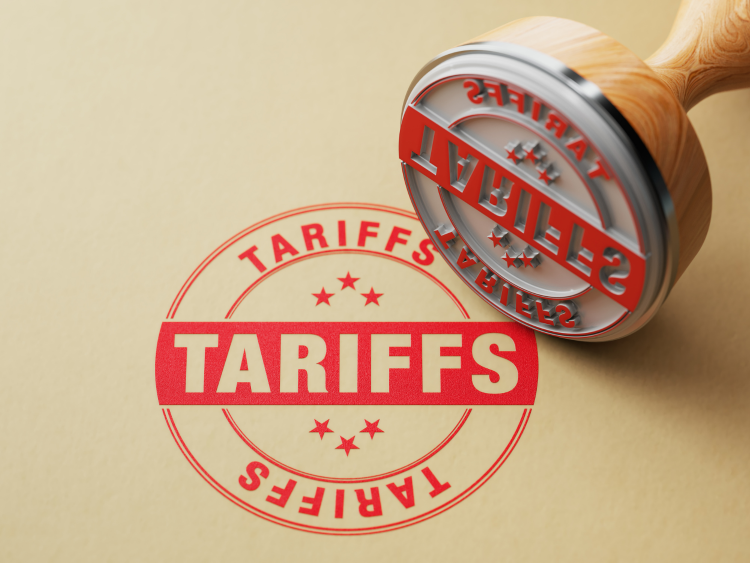Global Trade

May 6, 2025
Why FTZs and in-bond warehousing still matter in a tough tariff environment
Written by Gabriella Vagnini
With tariffs back on the table, aluminum companies are feeling the squeeze. While most attention has focused on cost hikes and policy shifts, some critical tools are still in play. Foreign trade zones (FTZ) and in-bond warehousing may not offer the same levers they once did, but they still give companies a way to manage risk, improve flexibility, and stay competitive – especially if you’re handling LME-grade primary aluminum or shifting toward recycled inputs.
What has changed in FTZs
Under current rules, including Section 232 enforcement, aluminum entering a U.S. FTZ must be admitted under privileged foreign status. That locks in the duty rate and product classification based on the metal’s condition when it enters the zone. Any processing or transformation done inside the FTZ does not affect the duty owed when the product is eventually withdrawn and cleared for U.S. consumption.
That closes off some of the old optimization strategies FTZ users once relied on. But FTZs still offer key advantages. You can defer duties until sale, manage inventory across customer timelines, and re-export material without ever paying a U.S. tariff. For companies holding LME-grade metal, tolling material, or running multi-market contracts, that kind of control still matters.
How in-bond warehousing compares
In-bond warehousing allows you to move aluminum into the U.S. and store it without triggering tariffs, as long as the metal doesn’t enter domestic commerce. It can be staged, transferred, or re-exported, and duties are only owed if and when the metal is formally entered.
There are trade-offs. Bonded warehouses do not allow manufacturing, remelting, or blending the way FTZs do. And customs scrutiny has increased. But for companies focused on logistics or cross-border movement, especially those who sell into Mexico or Canada, bonded storage still works. It is also simpler to set up and less demanding in terms of administrative compliance.
Why companies are shifting between FTZ and bonded strategies
Some companies are stepping away from FTZs and opting for bonded warehousing. Their priority is cutting setup time, reducing overhead, and focusing on flexibility for transit and export. Others are going the other direction into FTZs because they need to process, cast, or blend metal before sale. It depends on the nature of the business.
If you are storing finished aluminum and simply managing delivery timelines, a bonded warehouse might be the right fit. If you are melting, tolling, or value-adding, an FTZ gives you the space and customs coverage to do that while deferring duty.
Scenario: Moving away from LME primary under tariff pressure
Let’s say you run a U.S.-based extrusion plant that has traditionally sourced LME-grade billet from Canada and the Middle East. You have used an FTZ to manage those inflows, storing metal and deferring duties until the product ships out. (You used an FTZ to defer duties until shipment? Just to avoid restating the attributes again)
Now, with tariffs reinstated and customers pushing for more recycled content, you make a shift. You start sourcing clean recycled aluminum from Mexico and the Gulf Coast. Instead of sending it through your FTZ, you move it into bonded storage. No duty is paid unless the metal clears into U.S. commerce, and if it is re-exported, you owe nothing at all.
You now have more cost control, more sourcing flexibility, and a story that aligns better with buyer sustainability goals without locking yourself into one supply route.
What aluminum companies should keep in mind
FTZs are still useful if you process, toll, or re-export LME or recycled metal
In-bond warehousing is ideal for simpler storage and export-focused movement
Shifting between the two comes down to operational needs, risk tolerance, and timing.
These are not workarounds. They are part of a modern trade strategy that helps companies stay competitive
To sum it up
The rules may have changed, but the strategy has not. FTZs and in-bond warehousing are about staying nimble, managing tariff exposure, and giving your operation room to breathe. These tools still work. You just have to know when and how to use them.






